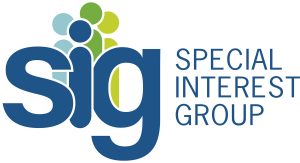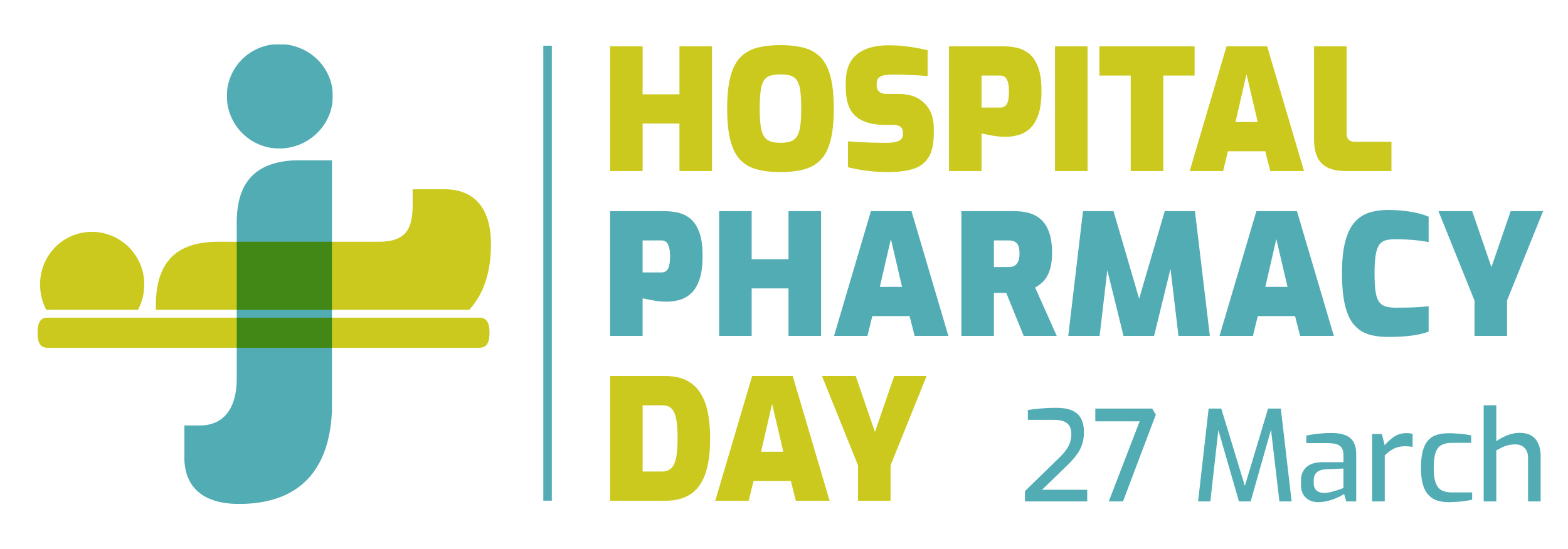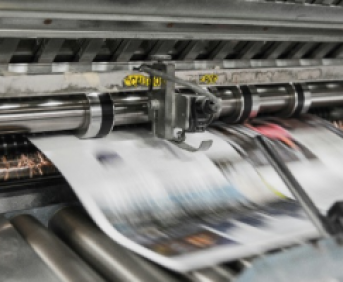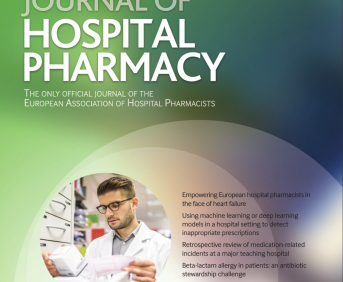FROM HIGH-RISK TO HIGH-SAFETY: A TRANSITION FROM POTASSIUM AMPOULES TO PRE-DILUTED INFUSIONS
Pdf

European Statement
Patient Safety and Quality Assurance
Author(s)
Douwe H. van der Meer
Why was it done?
Potassium ampoules are concentrated electrolytes categorized as high-risk medications due to the potential for immediate cardiac arrest following accidental injection. Consequently, safety guidelines, such as those established by Qmentum and the Joint Commission International, advocate for the utilization of pre-diluted infusion bags containing potassium and recommend the removal of concentrated ampoules from clinical wards.
What was done?
In our large teaching hospital, we conducted a comprehensive assessment of all clinical indications for potassium ampoule usage. Based on this analysis, we developed a plan to replace ampoules with the right pre-diluted infusion bags. The majority of ampoule applications were identified as follows: treatment of hypokalemia, hyperhydration during cisplatin and high-dose methotrexate therapy, fluid replacement in pancreatitis, and prevention of hypokalemia in diabetic ketoacidosis. To address these indications, we implemented three types of pre-diluted potassium infusion bags: 20 mmol in 1 L normal saline, 40 mmol in 1L normal saline, and 40 mmol in 500 mL of isotonic saline (0.47% sodium chloride).
How was it done?
We established standardized infusion protocols for all indications of potassium supplementation and successfully removed potassium ampoules from all adult wards, including the Intensive Care Unit (ICU) and emergency care settings. Potassium ampoules are now available solely upon request from the pharmacy. Following the introduction of pre-diluted infusion bags, the utilization of ampoules decreased by 95%. Prior to implementation, the hospital utilized 4,000 potassium ampoules per quarter; this number has now reduced to 200 ampoules, with a continuing downward trend.
What has been achieved?
Following the introduction of pre-diluted infusion bags, the utilization of ampoules decreased by 95%. Prior to implementation, the hospital utilized 4,000 potassium ampoules per quarter; this number has now reduced to 200 ampoules, with a continuing downward trend.
What next?
In our neonatal intensive care units and pediatric clinical wards, certain applications of potassium ampoules remain that are not compatible with the use of pre-diluted infusion bags. We are currently investigating potential interventions to facilitate the removal of ampoules in these settings as well.
























